- Our long-term Mazda CX-90 PHEV's driving behavior has elicited strong opinions.
- The plug-in hybrid's power delivery in EV mode has come under particular scrutiny.
- We reached out to Mazda for some answers.
The Mazda CX-90 Plug-in Hybrid's Troublesome Transmission, Explained
If the CX-90 feels like it's shifting gears in EV mode, that's because it is
Plug-in hybrids, or PHEVs, are supposed to combine the effortlessly smooth acceleration, quiet, and gas savings of an electric car with the no-limits utility of a vehicle powered by our old frenemy gasoline. But sometimes the reality is a little different, as is the case with our long-term 2024 Mazda CX-90 PHEV.
Barely three months into the Mazda's stay with us, its drivetrain has drawn strong opinions, specifically how it behaves in fully electric mode. This is important since plugging in and driving as an EV as much as possible is the best way to recoup the price premium the PHEV commands over its inline-six-powered counterpart.
On paper, the big Mazda has the goods. A Level 2 charger will replenish the battery in about three hours, give or take. Once fully charged, you'll get about 25 miles of fully electric range before the gas engine kicks in, which isn't a whole lot these days, but still enough to eat up at least half of the average U.S. driver's 44-mile daily commute.
But since we've taken delivery of our CX-90, we've noticed that it lacks the smooth, linear acceleration you might expect from a pure electric vehicle. Instead, as you set off, you feel the kinds of commotion associated with a gasoline powertrain, just without the noise.
What Mazda says
To find out what was going on, we reached out to Dave Coleman, Mazda's manager of vehicle dynamics for North America. "The shifting you’re feeling in EV mode is actual shifting," he said. "The electric motor is between the engine and transmission, so the transmission is active no matter which power unit is working."
So that explains the shifting-type behavior, but it begs the question: Why build it like that? Coleman points out that, contrary to common belief, electric motors have powerbands similar to gasoline engines. "You can get more performance from a smaller motor if you use a transmission to keep the motor at an appropriate rpm," Coleman said. "If you’re making a pure EV, it's usually cheaper and easier to just use a bigger motor rather than adding a transmission. But in our case, we already have a transmission."
There's more to it. Coleman also notes that the way the CX-90's all-wheel-drive system controls chassis behavior plays a role. "We vary the amount of coupling between the front and rear axles through the wet clutch that sends torque to the front wheels," he said. "This changes the amount of yaw damping, which affects both the steering response and effort, so we can dial in steering behavior, and even tweak it for different situations." By sending both power sources through the same transmission, Coleman says Mazda can keep this control consistent.
How it feels
In its Normal mode, when the CX-90 is driving off the gasoline engine, the drivetrain is mostly OK. The little four-cylinder strains sometimes under heavy loads, but overall it's no more egregious than many other small engines these days. Once in a while there's a surge in power from the gasoline engine when transitioning from electric to gas operation, but it's the exception rather than the rule.
When in EV mode it's a different matter. The shifts from first to second gear are almost always harsher than they are in standard gasoline mode. The same goes for the shift from second to third, but at higher speeds, gear changes are much smoother. When you get back on the throttle after coasting in EV mode at low to moderate speeds — up to about 40 mph — there's sometimes a significant judder in the driveline when you first add power. Topping it all off is an occasional "gronk" sound coming from the front of the car under acceleration from a standstill.
Why it matters
Most of this behavior is confined to speeds under 10 mph, so if your daily drive doesn't involve a lot of that you may not notice. But in the notoriously slow traffic here in Los Angeles, it's quite noticeable, and for some editors it's quite annoying. Regardless, it's a real conundrum for this big PHEV: You need to run it as an EV as much as possible to get your money's worth, but doing so results in a subpar driving experience.
Edmunds says
Is it a deal-breaker? It depends on who you talk to. Some of us adamantly don't like the CX-90 PHEV; others notice it but are more indifferent. Importantly, everyone agrees the Mazda's EV behavior is superior to that of our long-term Jeep Grand Cherokee 4xe, which is also a PHEV. But it's something to keep in mind. Hopefully, Mazda can mitigate some of this with a software update. Keep an eye on our long-term log to see what happens next.

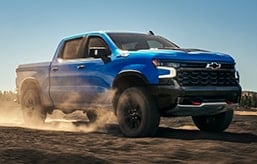
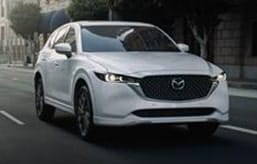
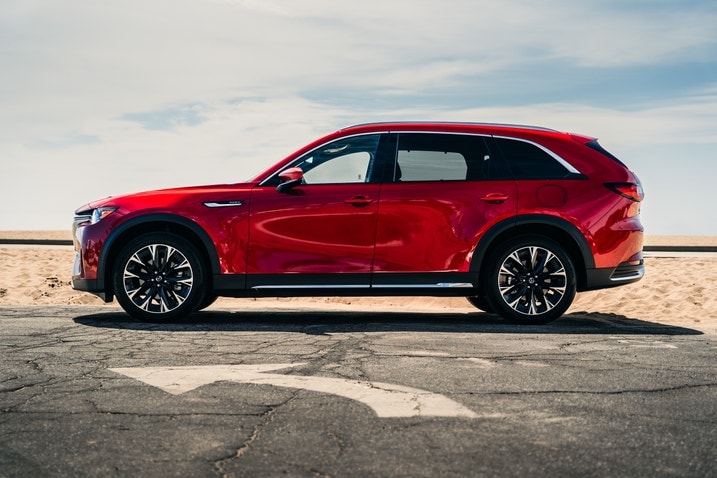
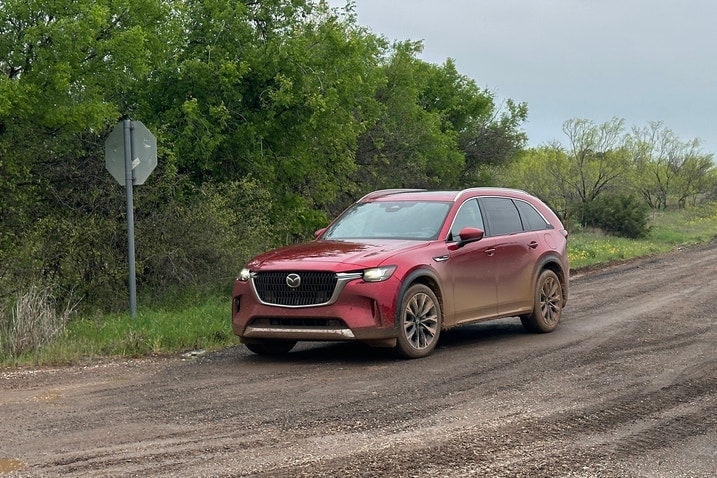
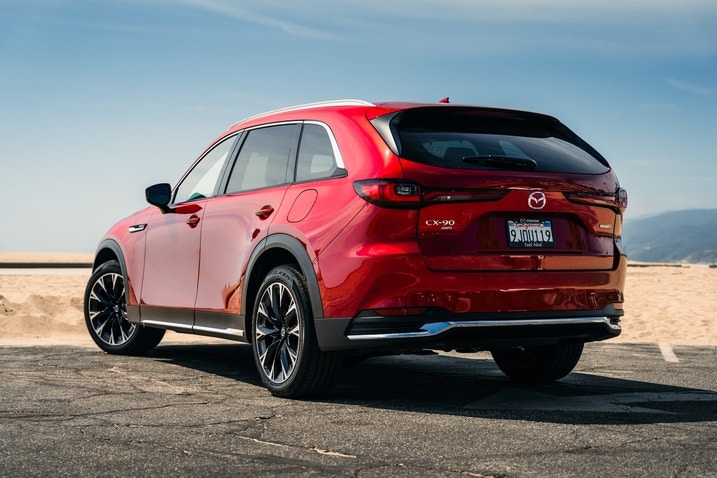
 by
by  edited by
edited by